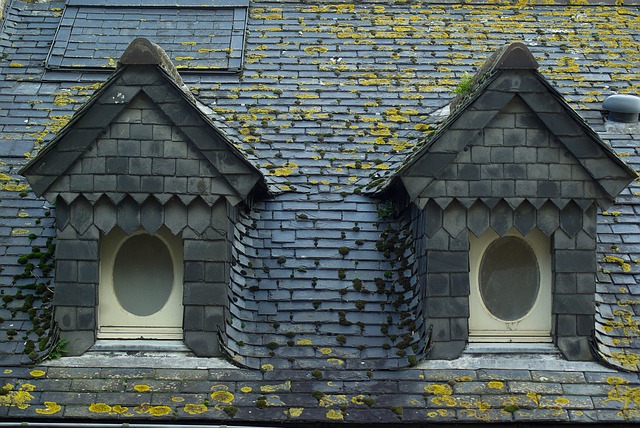How to insulate your roof to save money
Do you know the role that the roof plays in loss of heat from your home? The roof is responsible for up to about 25 percent of all the heat that your home loses. Therefore, there’s no doubt that insulating the roof has to be on top of your list of priorities if you expect to save money instead of spending more on energy bills. An insulated roof is great news for your finances. Installing roof insulation isn’t an impossible thing. In fact, you can do it irrespective of your experience in such matters.
Therefore, how should you insulate your roof to save money?

First, before going into the types of insulation that you can install on your roof to save money, it’s worth mentioning that the roofing on the house is difficult to ignore. The type of roofing determines whether insulation would be a cheap or costly affair. The roofing type determines the exact types of insulation that you can install on the house to stop losing heat. Your options are more if the house has pitched or sloping roofs. You encounter further challenges when trying to insulate dormer and flat roofs.
The types of insulation that you can install on your roof include:
a) Wood Fiber
Producing this type of insulation requires mixing fillers and binders with vegetable fibers as well as wood and cane. Impregnating or coating the insulation with asphalt is highly recommended as a way of enhancing its moisture resistance. Uncoated insulation is also highly advisable, especially when there’s an incompatibility between the roof and asphalt-based coatings.
b) Perlite
The composition of this insulation includes binders, fillers and inorganic expanded volcanic glass. An asphalt coating is highly recommended on the top portions of the insulation. Similarly, it’s fine to formulate proprietary coating as an option for limiting adhesive absorption. The complex nature of the insulation requires a professional contractor to install it properly.
c) Cellular Glass
The composition of the cellular glass includes foaming agent and crushed glass. Preparing the insulation requires mixing the two components before placing them in a mold prior to heating. The heat melts the glass while decomposing the foaming agent. The entire process leads to the expansion of the mixture while creating uniform and well-connected cells.
d) Gypsum Board
The insulation is non-combustible and non-structural. It’s also water resistant. One side of the insulation has proprietary and non-asphaltic coating, which is ideal for enhancing the adhesion of the roofing membrane. You can use the insulation in wide-ranging ways. Some of the ways include the following:
- Cover board on top of foam-plastic insulations
- Thermal barriers on top of steel decks
- Substrate for retarding vapor
e) Expanded Polystyrene
Impregnate foaming agent with polystyrene polymer to create this insulation. Exposure to heat causes the material to expand. Exposure to heat also causes the formation of uniform and closed-cell insulation. You can find the material in different densities depending on what your roof needs. The required minimum density is 1.25pcf.
It’s also great to consider other insulations such as extruded polystyrene and polyisocyanurate. If you need more information about these types of insulation, spend time with a roofing expert asking for assistance. Irrespective of the type of insulation that you choose for your roof, what’s not in doubt is the fact that you will end up saving more money. This is because the roof won’t lead to heat loss any more. With this information, consult your roofing contractor today to see how to insulate the roof.
Want To Be A Piece Of Us?
We give a chance for people to work in the professional environment with challenges and values. Come with us!

